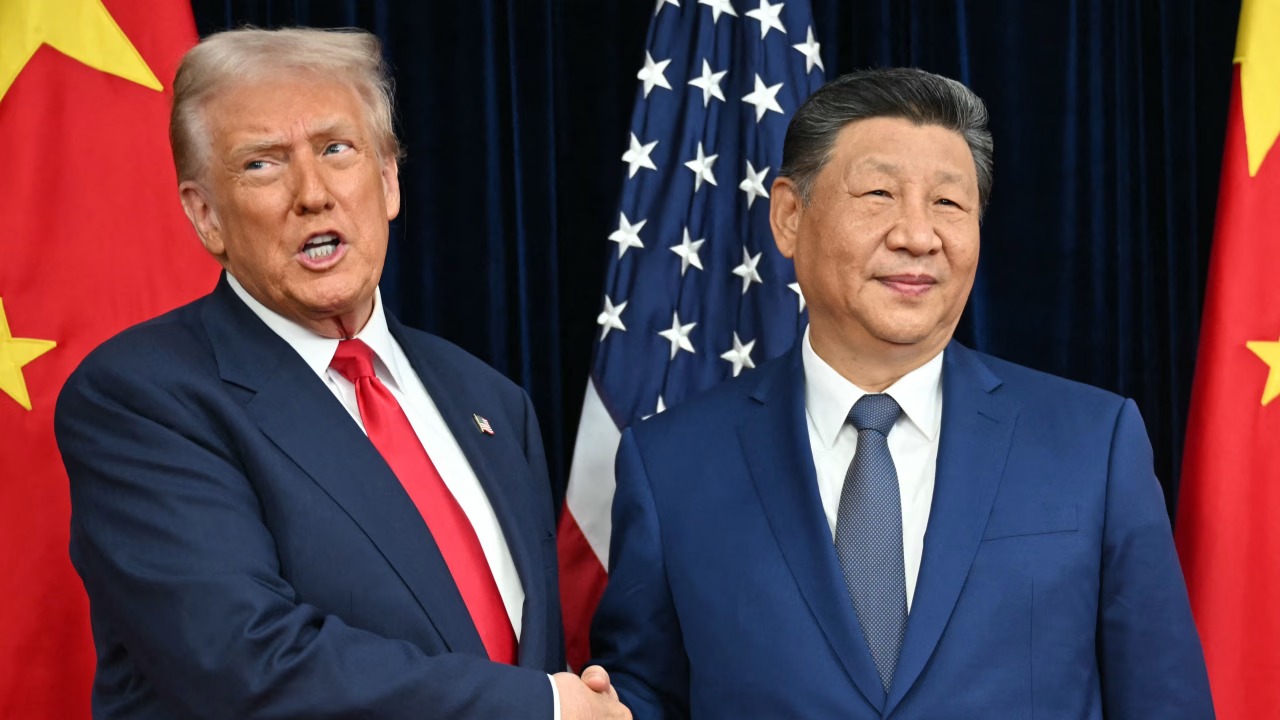Despite a one-year trade truce between the US and China, businesses remain entangled in geopolitical uncertainty. While tariffs and export controls have been temporarily eased, companies across sectors—from semiconductors to agriculture—continue to face supply chain disruptions, regulatory ambiguity, and investment hesitancy.
Following the high-profile meeting between US President Donald Trump and Chinese President Xi Jinping at the APEC Summit in Busan, the two nations agreed to a one-year trade truce. The deal includes a pause on new tariffs, relaxed port fees, and resumed Chinese purchases of US soybeans. However, the underlying tensions remain unresolved, leaving global businesses in a precarious position.
European automakers, for instance, are grappling with a chip supply crisis after China restricted exports from Dutch-based Nexperia. Meanwhile, foreign investors in China remain cautious, wary of deflationary pressures and unpredictable policy shifts. Although Chinese equities have rallied, participation from global funds has been selective.
-
Trade truce duration: One year, effective October 30, 2025
-
Key concessions: Pause on new tariffs, resumed rare earth exports, soybean purchases
-
Persistent issues: Export controls, tech restrictions, regulatory opacity
-
Sectoral impact: Auto, semiconductor, agriculture, shipping
-
Investor sentiment: Cautious optimism, selective re-entry into Chinese markets
Sources: Firstpost, US News, FinancialContent, Al Jazeera, China Strategy
